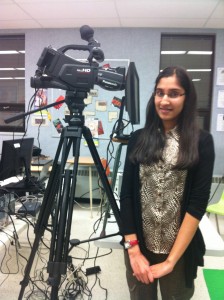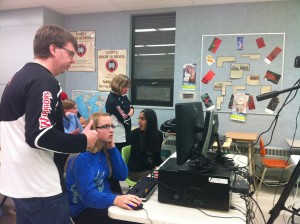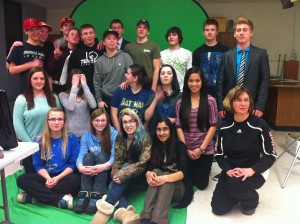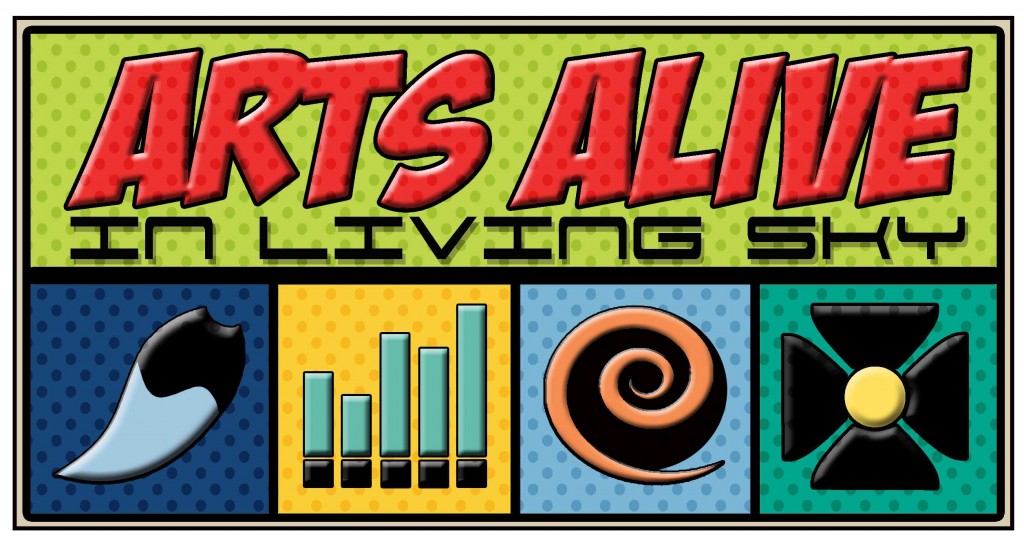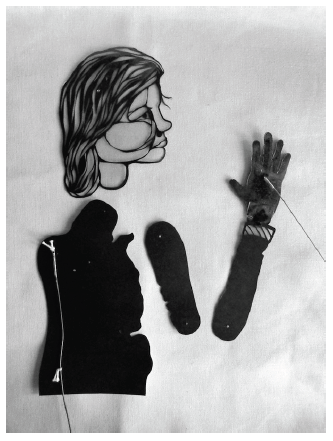by Cathy Herrick
The idea of Mastery has been around for centuries, in many fields, and has many definitions. In education writers, researchers, administrators, and teachers have their own pre-determined ideas as to what constitutes mastery. A review of some of the most recent thinking on this topic reveals that there is no one common definition, nor a “right” definition, but rather some agreement as to what constitutes mastery and what does not constitute mastery relative to student learning and achievement.
Mastery, Mastery Learning, and a Mastery designation on a rubric all have different connotations. Mastery is defined in the Oxford dictionary as, “an action demonstrating or involving great skill or power…. to perform a notable deed, or wonderful feat.” Benjamin Bloom describes the concept of mastery learning as a possible outcome for any student who was provided adequate time and “favourable learning conditions” to perform and be assessed on a criterion-based scale determined by a teacher (Bloom,1977). As a school division we are working to establish some common criteria to assess deeper levels of understanding of curricular outcomes, which we have labeled as Mastery on a rubric.
Teachers, administrators, coaches, consultants, and superintendents in our school division are exploring, collaborating, and doing some deep thinking about what Mastery as a concept means relative to student achievement. Challenges to develop criteria, learning tasks, and exemplars are initiating some consternation and uncertainty for teachers when facing pressures from students and parents who are used to a point system to measure success. However, this inquiry, discussion, experimentation, and reflection are all necessary components to understanding and developing the ways and means of ensuring that students have access to authentic learning activities that build the “fire in their bellies” to learn and to continue to learn.
Engaging students in learning has a fundamental tie to the Mastery level. Students demonstrating a desire to work hard, to think strategically, and to accept some ambiguity also clearly know themselves well as learners. Tomlinson worries about college students who have no experience of the “fire in their belly” to drive them to do hard thinking, to read, to debate ideas, and to push themselves toward excellence in a real world pursuit” (Tomlinson, 2013 ). She worries that students don’t know how to reason or to think abstractly because they have learned to “jump through the hoops” of schooling, doing what is necessary to get the points.
At the Mastery level on a rubric we want to promote:
- Students accomplishing novel challenges through the application of skills and understandings
- Students “effective transfer of learning done with creativity, polish, and grace” with an understanding of what has been done and why (Wiggins, 2013 p. 13)
- A student’s desire to get better at something that matters to them
- Authentic tasks at the heart of “doing” the subject
We have taken a risk, developing rubrics that challenge students to demonstrate mastery of an outcome. We are modeling the “messiness”, the risk-taking, the inquiry, the struggles, and the tenacity that we expect of our students at their highest levels. We continue to learn; we have a “fire in our belly” to “get it right”, to assist our students in achieving the highest levels possible.
Though we can’t define or measure “mastery” only as an attitude/behaviour, nor can we completely ignore it as we observe students in their pursuit of Level 4 – Mastery. Our Olympic athletes have provided us with some insight these past few weeks as they achieve mastery levels in their sport. Not only have they learned the fundamental concepts and skills of their sport, but they have applied them and their understandings in races, in games, and during performances. Every athlete has a fire in their belly to succeed. These athletes have not attained a level of Mastery focusing only on bits of knowledge, isolated drills, or by not knowing what excellence looks like. Thus, on our rubrics we want to ensure that Mastery does not look like:
- A march through facts and sub skills, dotted with quizzes
- A high grade on a test/quiz of low level questions
- A simple recall of facts and skills
- Proficiency with drills and exams
- Local norms and low expectations, nor
- Arbitrary calculations
Forging ahead as educators we must not be satisfied with learning that is just ‘good enough’. We chose this profession because we love to see the ‘light bulbs’ turn on, the excitement in the eyes of learners who make new discoveries, and we relish the moments when tough questions with no answers get asked and debated. Developing classroom climates and practices that inspire kids to achieve mastery levels of learning involves:
- Students believing that the learning task matters,
- Regular inquiry, problem solving, and innovation,
- Timely and descriptive feedback (including re-assessments),
- Fostering intrinsic motivation rather than pressure to get the grade,
- Self-comparisons rather than comparisons to others,
- Environments where students can safely take risks and believe that they can succeed, and
- Planning that begins with the end in mind.
Gusky (2013) promotes that Mastery can only be measured in light of a world standard, that students deserve the opportunity to know where the bar is. An Olympic athlete knows, or has an idea, of what Mastery looks like in his/her sport. While, we in education may not be all the way there yet, the goal is worthy of the pursuit, which begins as a school division, extends to the province, the nation, and beyond.
References
Cushman, K. (2013). Minds on fire. Educational Leadership, 71(4), 38-43.
Gusky, T., Anderson E. (2013). In search of a useful definition of mastery. Educational Leadership,
71(4), 19-23.
Tomlinson, C. (2013). Let’s not dilute mastery. Educational Leadership, 71(4), 88-89.
Tucker, C. (2013). Five musts for mastery. Educational Leadership, 71(4), 57-60.
Wiggins, G. (2013). How good is good enough? Educational Leadership, 71(4), 10-16.



